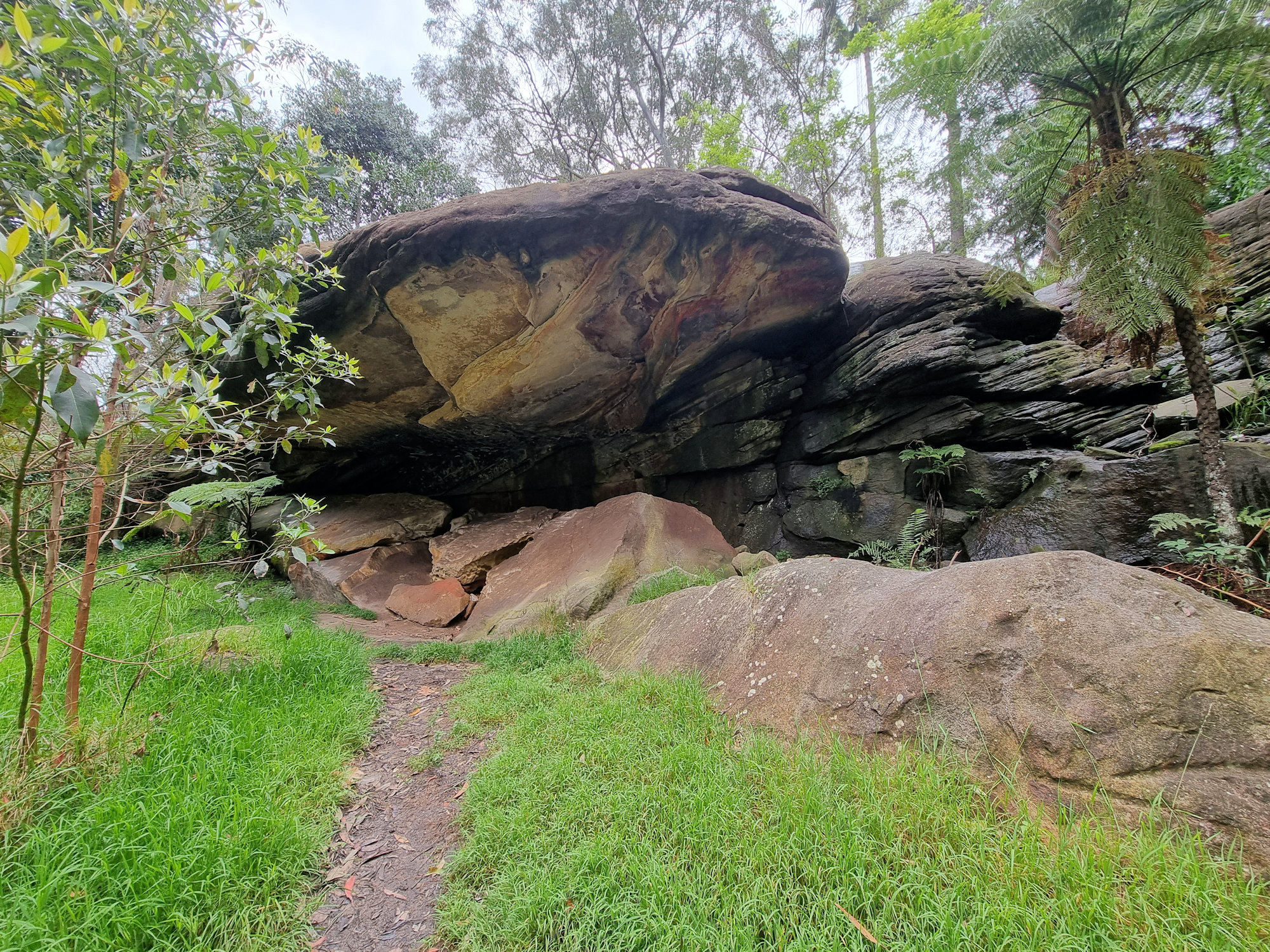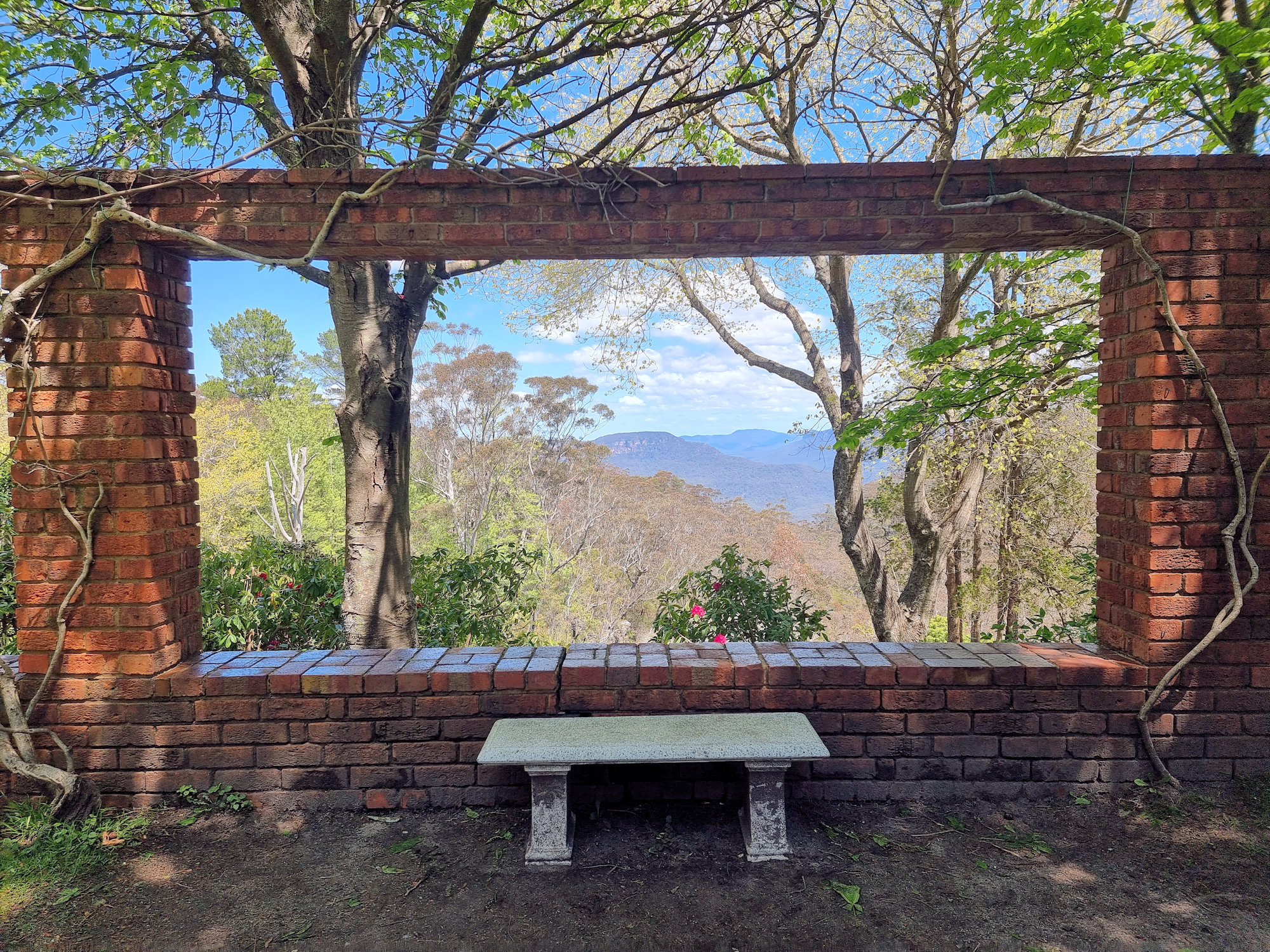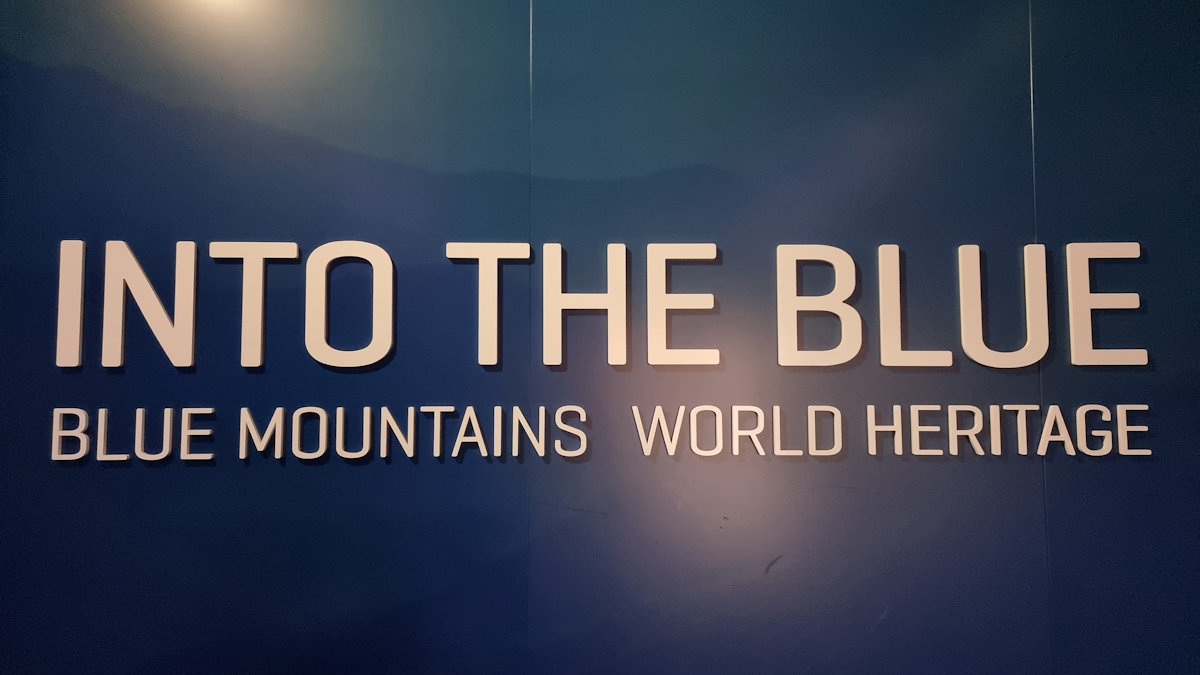Category: Sculpture
-
Henry Lawson Cave

Henry Lawson Cave Born in Grenfell, New South Wales in 1867, Henry Lawson is one of Australia’s most well-known writers. Although his works were published during his lifetime, Lawson suffered from financial and alcohol problems. While living at Market Street in Naremburn, he would often stop at what is now called the Henry Lawson Cave… Read more
-
Everglades House and Gardens Leura

Everglades House and Gardens Leura Located in Leura in the Blue Mountains of New South Wales, Everglades House and Gardens is a 1930s house surrounded by 5.2 Hectares of gardens. Designed by the Danish horticulturalist and landscape designer, Paul Sorensen, the gardens incorporate winding paths and European Terraces. Parking is available outside the entrance, and… Read more
-
Katoomba Cultural Centre

Katoomba Cultural Centre Located in the centre of Katoomba the Blue Mountains Cultural Centre contains the Blue Mountains City Art Gallery and Into the Blue which is an interactive exhibition that explores the history and natural landscape of the Blue Mountains. Also housed in the building, is the Katoomba Library. Into the Blue Into the… Read more